Italo Zoppis
ACTA: A Mobile-Health Solution for Integrated Nudge-Neurofeedback Training for Senior Citizens
Feb 17, 2021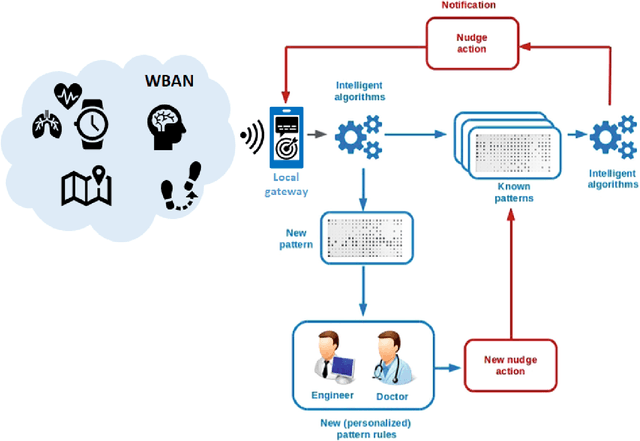

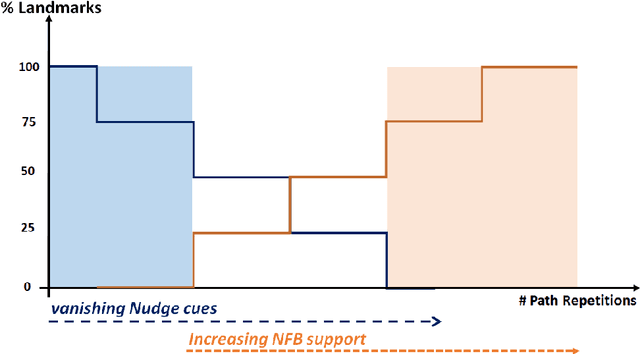

Abstract:As the worldwide population gets increasingly aged, in-home telemedicine and mobile-health solutions represent promising services to promote active and independent aging and to contribute to a paradigm shift towards patient-centric healthcare. In this work, we present ACTA (Advanced Cognitive Training for Aging), a prototype mobile-health solution to provide advanced cognitive training for senior citizens with mild cognitive impairments. We disclose here the conceptualization of ACTA as the integration of two promising rehabilitation strategies: the "Nudge theory", from the cognitive domain, and the neurofeedback, from the neuroscience domain. Moreover, in ACTA we exploit the most advanced machine learning techniques to deliver customized and fully adaptive support to the elderly, while training in an ecological environment. ACTA represents the next-step beyond SENIOR, an earlier mobile-health project for cognitive training based on Nudge theory, currently ongoing in Lombardy Region. Beyond SENIOR, ACTA represents a highly-usable, accessible, low-cost, new-generation mobile-health solution to promote independent aging and effective motor-cognitive training support, while empowering the elderly in their own aging.
Comparison of Attention-based Deep Learning Models for EEG Classification
Dec 02, 2020
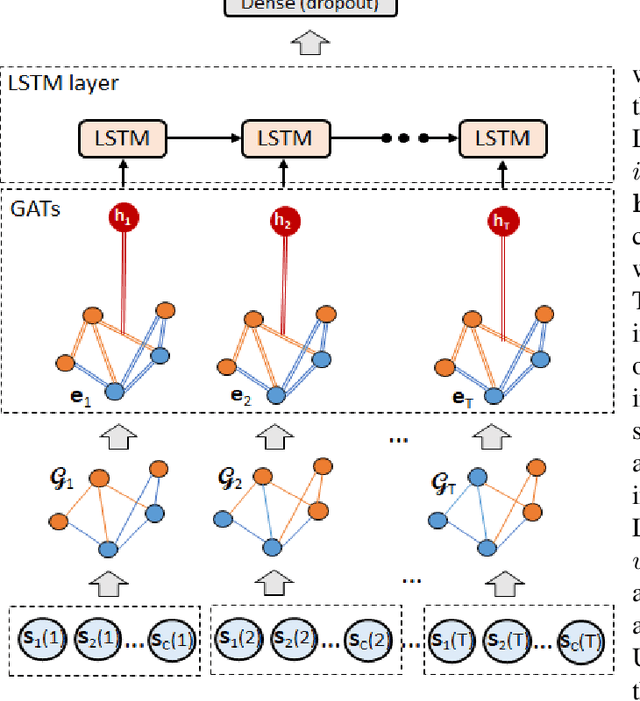
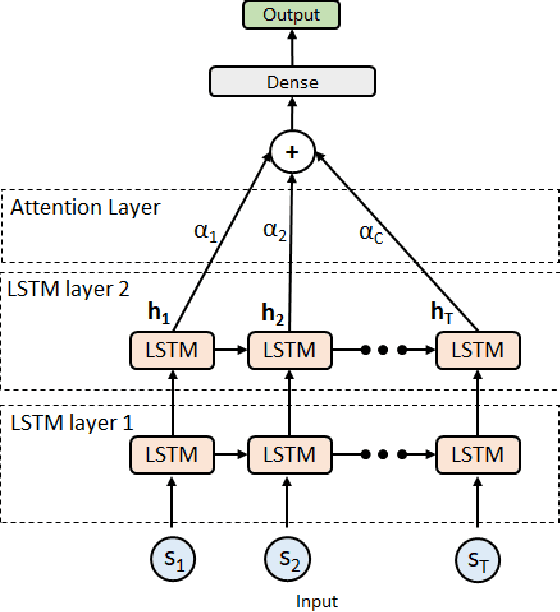
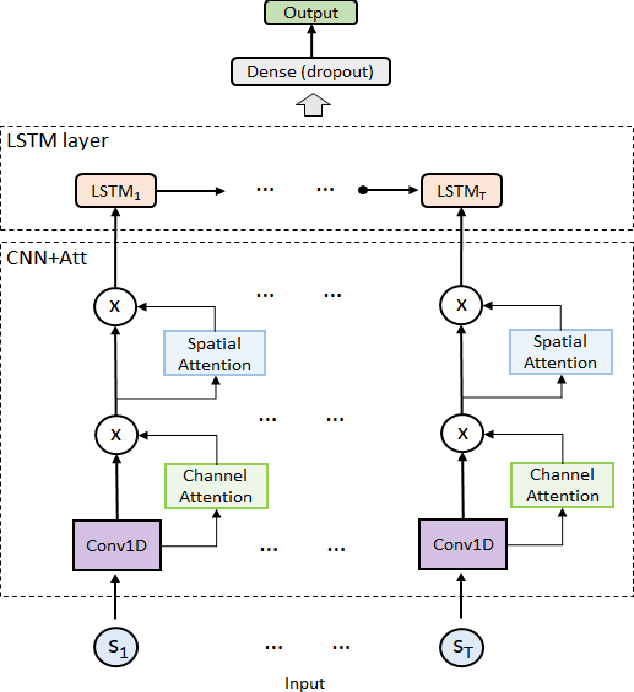
Abstract:Objective: To evaluate the impact on Electroencephalography (EEG) classification of different kinds of attention mechanisms in Deep Learning (DL) models. Methods: We compared three attention-enhanced DL models, the brand-new InstaGATs, an LSTM with attention and a CNN with attention. We used these models to classify normal and abnormal (i.e., artifactual or pathological) EEG patterns. Results: We achieved the state of the art in all classification problems, regardless the large variability of the datasets and the simple architecture of the attention-enhanced models. We could also prove that, depending on how the attention mechanism is applied and where the attention layer is located in the model, we can alternatively leverage the information contained in the time, frequency or space domain of the dataset. Conclusions: with this work, we shed light over the role of different attention mechanisms in the classification of normal and abnormal EEG patterns. Moreover, we discussed how they can exploit the intrinsic relationships in the temporal, frequency and spatial domains of our brain activity. Significance: Attention represents a promising strategy to evaluate the quality of the EEG information, and its relevance, in different real-world scenarios. Moreover, it can make it easier to parallelize the computation and, thus, to speed up the analysis of big electrophysiological (e.g., EEG) datasets.
 Add to Chrome
Add to Chrome Add to Firefox
Add to Firefox Add to Edge
Add to Edge